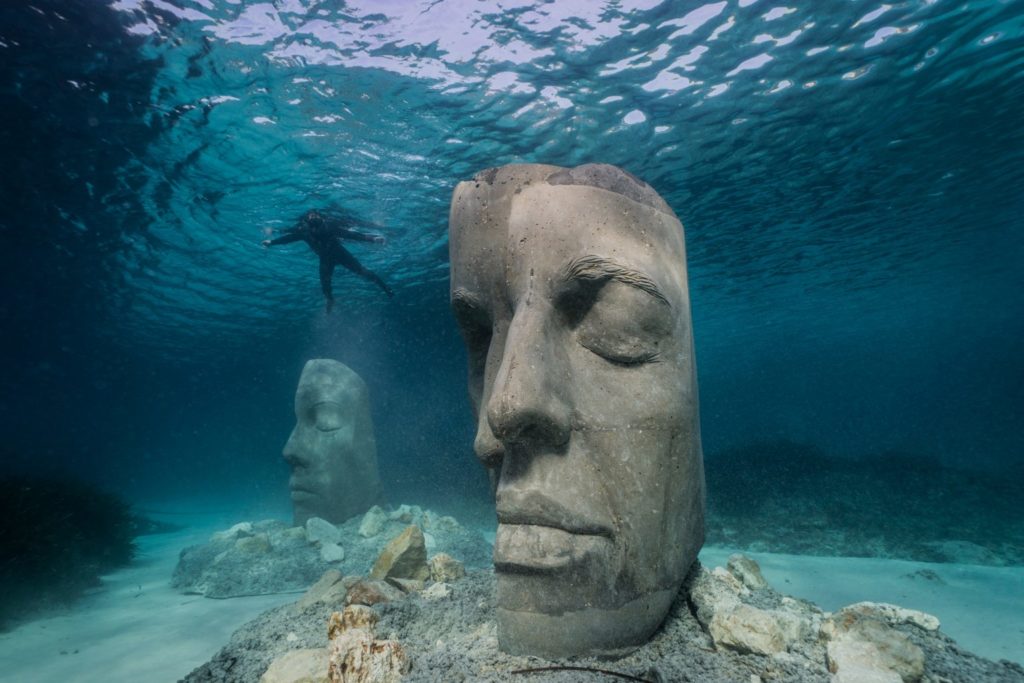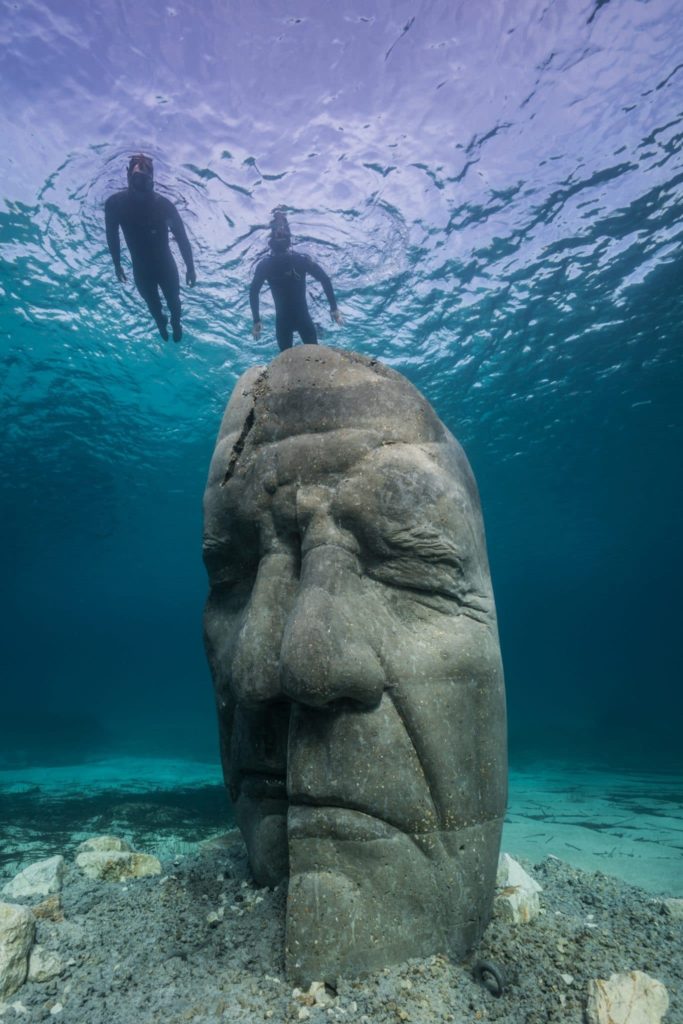New underwater museum opens in Cannes

This month, a new underwater museum opened in Cannes, France.
Funded by the Mairie de Cannes and commissioned by its mayor, David Lisnard, the project took over four years to develop and is the work of British sculptor Jason de Caires Taylor, according to Scubaverse.
The Museum is de Caires Taylor’s first installation in the Mediterranean Sea. It follows on from his previous work, the most famous of which is the world’s first underwater sculpture park – the Molinere Underwater Sculpture Park in Grenada in the Caribbean.

The Museum in Cannes features a series of six three-dimensional portraits, each over two metres in height and ten tonnes in weight. They are sited near the island of Sainte-Marguerite, one of the Lérins Islands, just off the coast of Cannes. Placed at a depth of between two and three metres, these artworks rest on areas of white sand, in-between posidonia sea grass meadows in the protected southern part of the island. According to Scubaverse, the shallow depth and close proximity to shore make the site easily accessible, and the crystal-clear waters provide ideal conditions for snorkelling.

The six works are based on portraits of local members of the community, covering a range of ages and professions, including Maurice, an 80 year old local fisherman and Anouk, a 9 year old primary school pupil. Each face is significantly upscaled and sectioned into two parts, the outer part resembling a mask. The theme of masks is said to connect to the history of Île Sainte-Marguerite, well known as the location where the Man with the Iron Mask was imprisoned.
The location of the sculptures was previously an area of disused marine infrastructure. Part of the project was a significant clearing of the site, removing marine debris such as old engines and pipelines to create a space for the installation of artworks which have been specifically designed, using Ph neutral materials, to attract marine fauna and flora. The site has now been cordoned off from boats, making it safe for snorkellers and divers, and preventing damage by anchors to the seagrass meadows.
Read the full article online.











